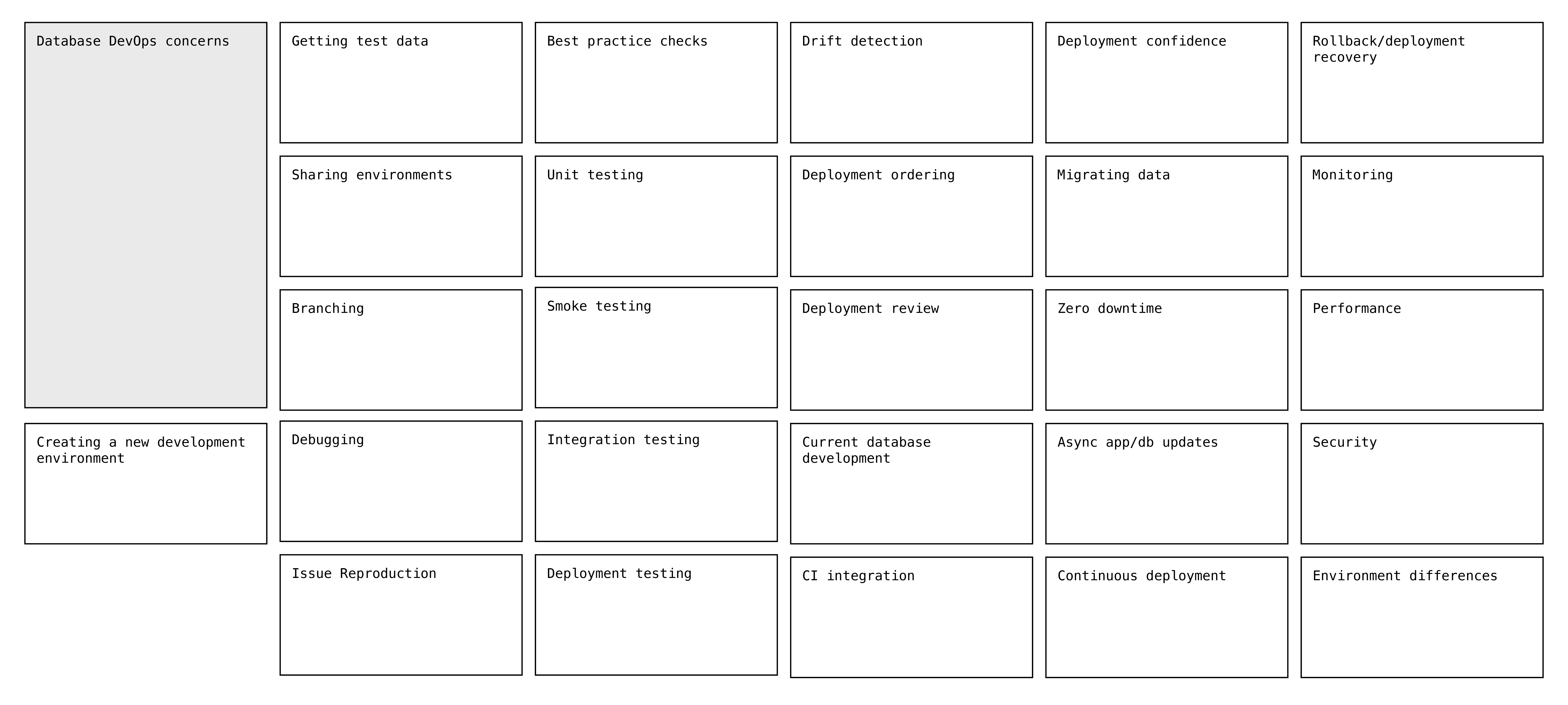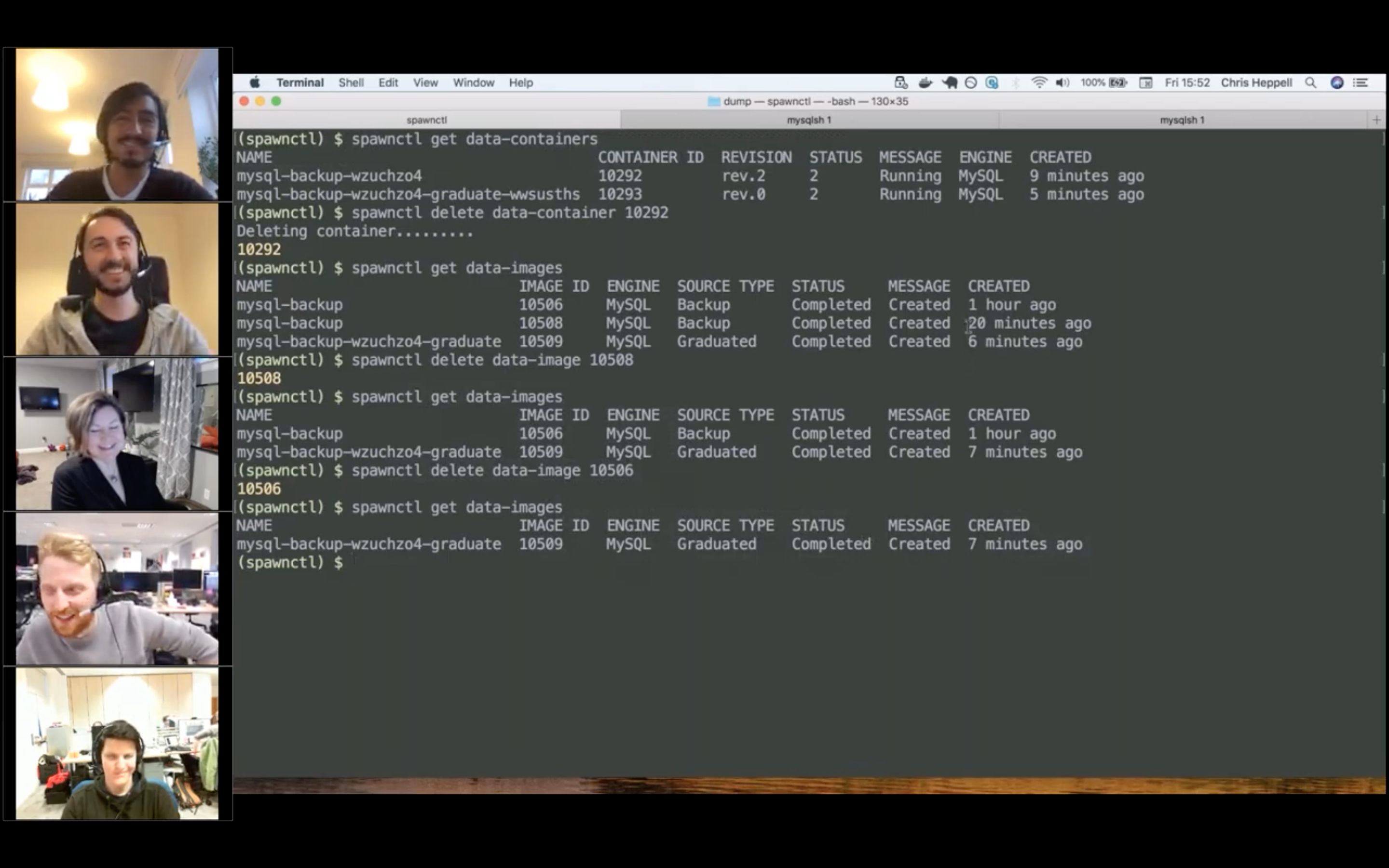From open-ended research project to technology innovation
Product innovation
One of the hardest things to do in new product development is to forge something real (and valuable) from intuition.
This project began for my team with the hypothesis that a more compelling, and simpler experience could be acheived for data management within DevOps.
This project culminated in the creation of Spawn, an innovative solution to the problem of data management in modern development environments.
The three primary challenges to this project were:
- identifying and analysing market and technology trends
- innovating towards an improved experience for an existing problem
- balancing progress with stakeholder communications
The main outcomes of the project were;
- a new approach to communication
- delivering a better understanding of tech trends
- adoption of a new ideation method and
- an innovative new technology
Pinpointing the problem
The original research suggested that there may be room to improve our existing product offering for data management within DevOps.
DevOps is a large field, containing many software development practises. It wasn’t obvious which part to focus on first.
To solve this, we spent a day surveying the DevOps landscape, recording each area and the relationships between them.
Then we applied “lenses” to the landscape:
- What’s covered by Redgate’s product capabilities already?
- What new technology could impact each of these concerns?
- Which have most impact on business outcomes sought from DevOps?
This produced a heat map highlighting areas of interest from which we could begin our research.

Outcome: reduced ambiguity and allowed the project to continue. The artefact also proved valuable for Redgate by informing decisions elsewhere, including marketing, product and acquisition strategies.
Ideation
Our research into our areas of interest generated a number of insights. This insights were expressions of contempt for certain circumstances.
We rephrased each expression of contempt using IDEO’s “How Might We” methodology, designed to encourage innovative problem solving.
As a team of 6, it took us two days to identify and distill 33 insights into 26 HMW’s.
The following day we voted on which HMW’s to tackle, and began working on idea generation.
Outcome: A new idea generation technique for the business. In terms of idea volume, breadth and novelty, it was the most successful idea generation session I’ve ever been a part of.
Stakeholder management
One of the challenges of working on an innovation project like this is communicating progress with the rest of Redgate.
In a lean (ie. small) team, balancing research with writing code and communicating progress is tough. Something usually gives, often comms.
While we were focussed on making progress, neglecting to communicate with the business was causing it to lose faith in what we were doing.
We solved this by holding “Office Hours”. Hour long, online session that anyone within Redgate could join in and watch.
Stakeholders joined as “panelists” and had the opportunity to learn about the project, ask questions, and provide guidance.
With office hours, we found a way to do many things in one hour:
- Manage stakeholders
- Demonstrate and celebrate progress
- Complete sprint reviews and sprint planning
- Generate recordings we could refer back to for

Outcome: we reduced the communications overhead and made a significant improvement in stakeholder engagement. Ultimately, this mitigated the well-documented innovation traps.